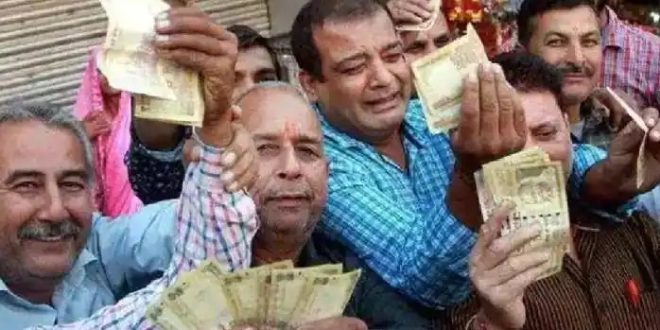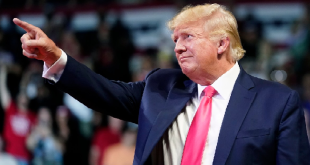13-01-2023
Bureau Report + Agencies
NEW DELHI/ MUMBAI: In the hours after Prime Minister Narendra Modi made a shock announcement making 86 percent of India’s currency notes invalid on November 8, 2016, Mujammil Khan’s life changed at a pace he could not keep up with.
Overnight, Khan’s livelihood as an auto-rickshaw driver in Uttar Pradesh’s Kasganj district dried up as people had no money to pay him, leaving him struggling to feed his wife and four children, the youngest being only four.
 So, Khan, 39, did what everyone in the country did in the aftermath of the decision queue up outside banks and ATMs to exchange his invalid currency notes for new ones but ATMs were mostly shut for weeks and banks had no new notes to offer calculations showed that while 21 billion currency notes had to be replaced, government printing presses were able to print only up to three billion notes a month.
So, Khan, 39, did what everyone in the country did in the aftermath of the decision queue up outside banks and ATMs to exchange his invalid currency notes for new ones but ATMs were mostly shut for weeks and banks had no new notes to offer calculations showed that while 21 billion currency notes had to be replaced, government printing presses were able to print only up to three billion notes a month.
“Bahut bheed-bhaad hoti thi (It used to be crowded and chaotic),” Khan’s wife Khushnuma Begum told Al Jazeera, explaining the hardships as desperate people jostled with each other, often sparking off fights and disputes, in the long queues outside banks and ATMs.
For two days, Khan queued for hours but before he could withdraw, the ATM would run out of money. Khan went again, the third time. Two hours after he queued up, he collapsed on the ground and was rushed to a hospital but he did not survive.
Khan was not alone.
Millions like him had no option but to suspend their lives and queue up outside banks and ATMs to exchange their old currency notes for new ones.
‘Couldn’t Modi have given us more time?’
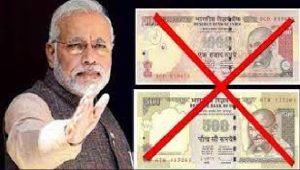 Across India, tens of people reportedly died in the days after Modi’s shock announcement. The data around the total deaths are unclear opposition politicians put it at over 100, media reports pegged it at around 80, while the Modi government, after first denying such deaths, admitted to only four.
Across India, tens of people reportedly died in the days after Modi’s shock announcement. The data around the total deaths are unclear opposition politicians put it at over 100, media reports pegged it at around 80, while the Modi government, after first denying such deaths, admitted to only four.
Many, like Khan, collapsed while waiting in serpentine queues. Many others reportedly took their own lives out of sheer desperation after facing harassment for not being able to pay back their debts. Even bank employees died, ostensibly due to the stress of working round-the-clock, after the announcement.
Last week, six years after those horrifying days, these memories came alive for many, including Begum.
The Supreme Court of India, hearing 58 petitions challenging the Modi government’s decision to demonetize high-denomination currency notes overnight, upheld the move and said it could not be called “unreasonable”. Referring to the hardships that millions faced during the period, the top court said the contention that the decision should be set aside due to these hardships “will hold no water”.
“The individual interests must yield to the larger public interest sought to be achieved by impugned notification,” the court said in its majority judgment.
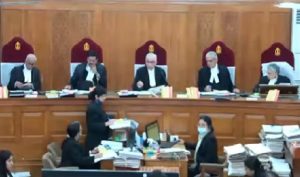 For Modi’s Bharatiya Janata Party (BJP), which faced a torrent of criticism after the move, the court’s ruling is a vindication. BJP spokesman Gopal Krishna Agarwal admitted that people faced hardship, but defended the move, saying it “dealt a big blow” to the illicit money economy.
For Modi’s Bharatiya Janata Party (BJP), which faced a torrent of criticism after the move, the court’s ruling is a vindication. BJP spokesman Gopal Krishna Agarwal admitted that people faced hardship, but defended the move, saying it “dealt a big blow” to the illicit money economy.
“We have full sympathy for all those who suffered due to demonetization but the court has very clearly said that in any decision, (some) people will have hardship, but that doesn’t mean the decision was bad,” he told media but critics disagree. Political analyst and author Sanjay Jha said he was “disappointed” with the top court’s verdict.
“The fundamental question on demonetization was: did it achieve its aims for which the entire country went through a terrible ordeal and human suffering reached stratospheric high? The court ought to have at least mentioned that it was a failure,” Jha told media, adding that the government’s failure to share accurate data around deaths during the period was “a shame”.
The move to demonetize the bulk of India’s currency caused widespread distress to the lives of millions of Indians. More than 500,000 companies have shut shop since, at least five million jobs were lost between 2016 and 2018; agricultural trade collapsed, and farmers were forced to dump their produce on the streets after demand slumped.
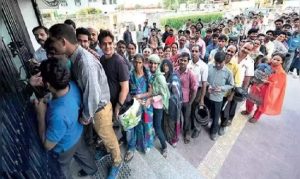 The crisis hit many homes deeply in a way that they have still not recovered. For Begum, yielding their interests to the larger public interest has meant letting go of every dream she and her husband held on to for years.
The crisis hit many homes deeply in a way that they have still not recovered. For Begum, yielding their interests to the larger public interest has meant letting go of every dream she and her husband held on to for years.
“The court should have come and seen how people’s lives have been altered by that decision (demonetization),” Begum told media. “How could the court uphold such a move?”
Forced to transform herself into the family’s breadwinner, Begum took to zari work, a type of hand embroidery on apparel but that paid her a meagre daily wage of 50 Indian rupees ($0.6). So she pulled out her children from school. Taufiq, her second son, now works at a roadside food stall, earning as much as his mother.
Begum said it hurts to see how that moment, of Khan’s death, upturned her life. “Couldn’t Modi have given us more time after announcing the move?” she asked.
“My husband and I had dreamed of educating our children well,” she said over a patchy video call from her home in Kasganj. “But when there’s not enough to even feed ourselves, how do I send them back to school?”
Nearly 800km (498 miles) southeast of Kasganj, another family continues to grieve their loss six years after.
Ramchandra Paswan, a 64-year-old former miner, was not able to withdraw his pension from the nearby State Bank of India branch of Mohammadganj in the Garhwa district of Jharkhand state.
 Pressmediaofindia
Pressmediaofindia
